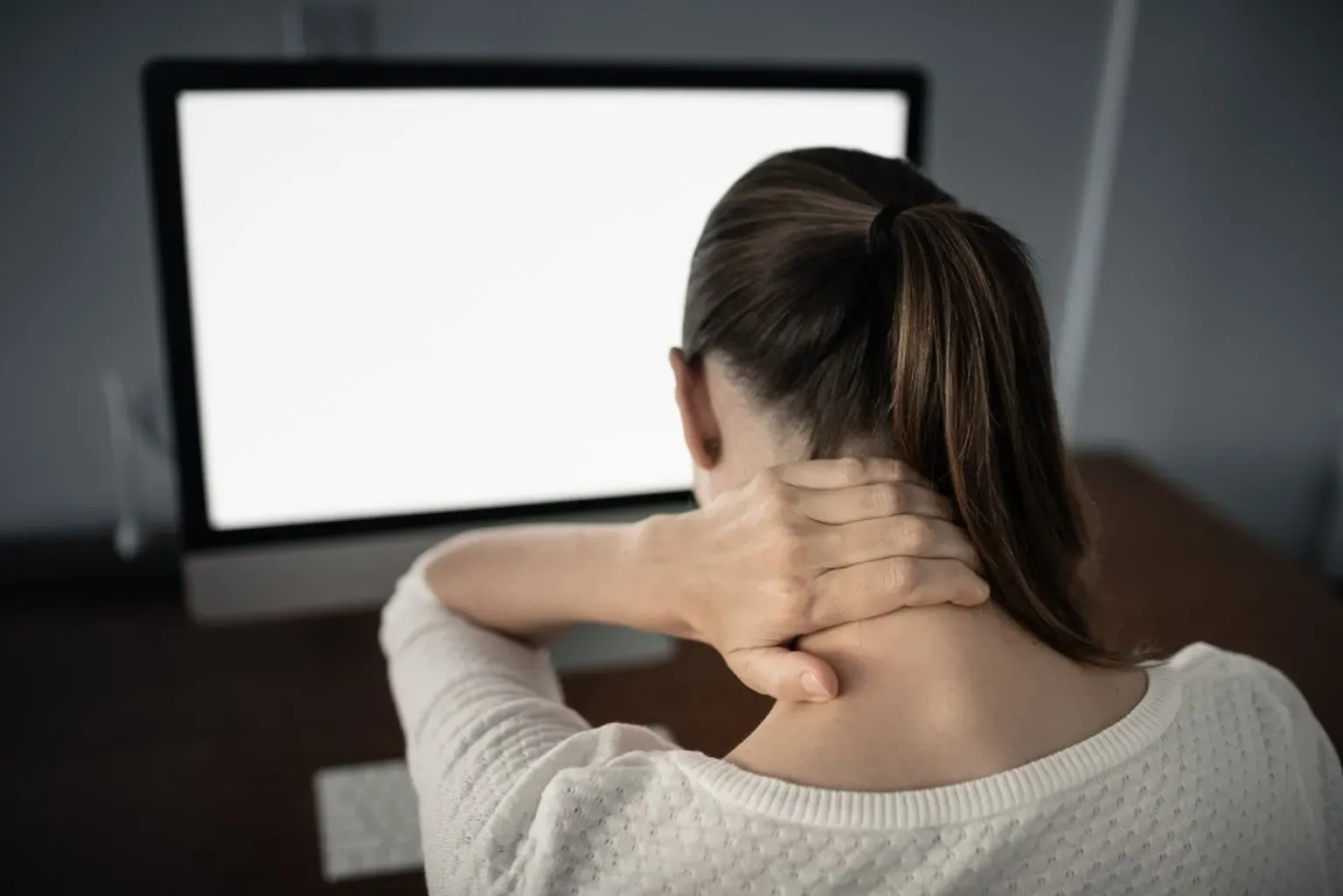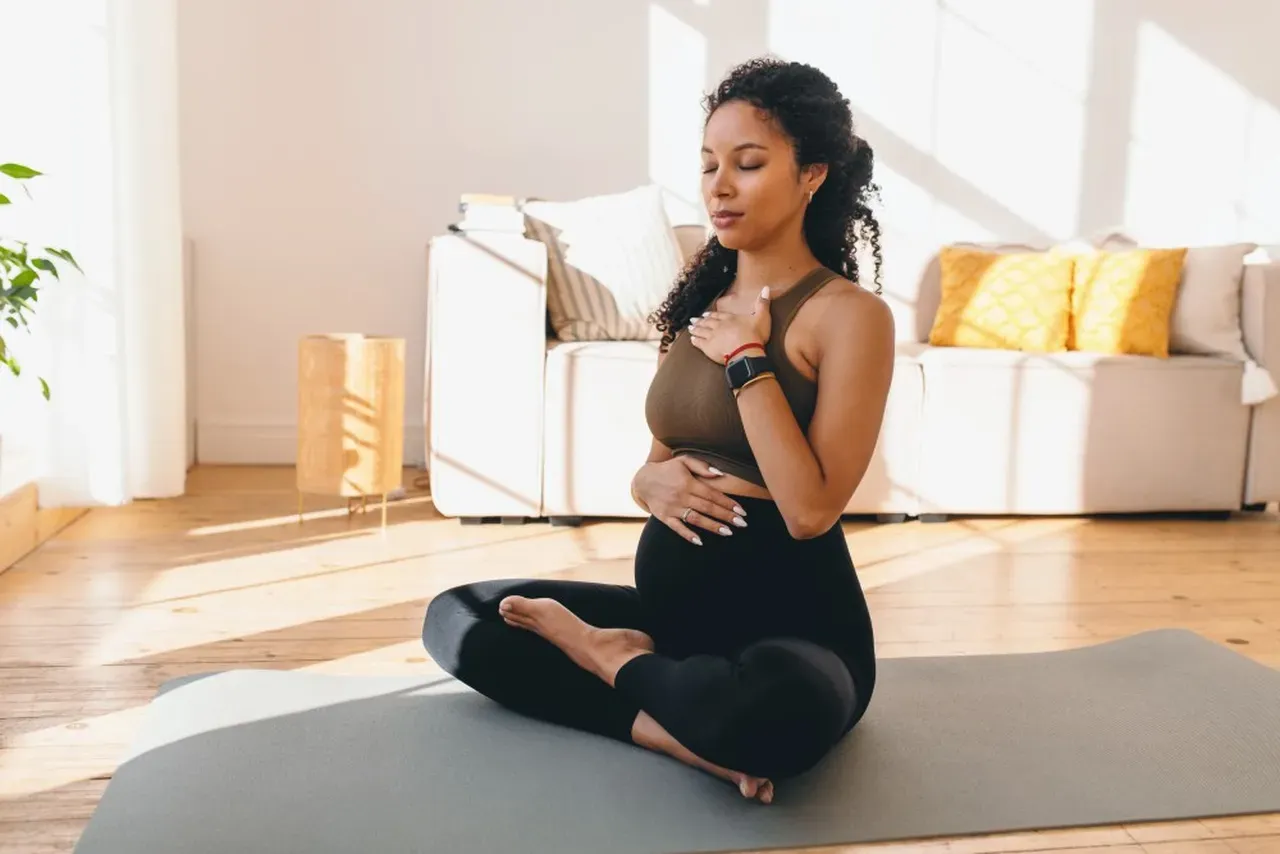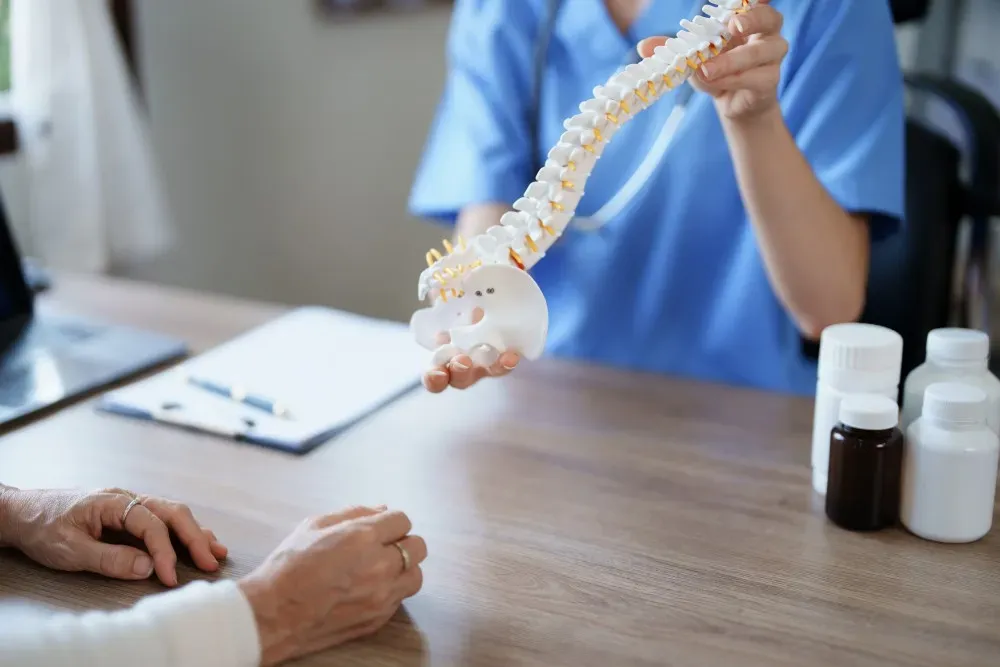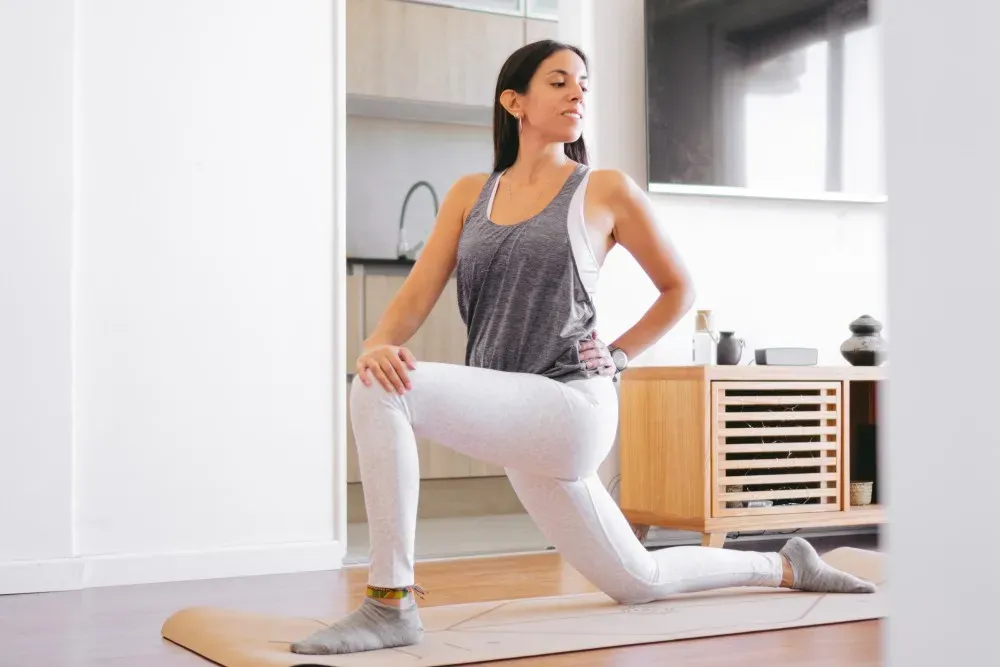Neurosurgery & Orthopedic Surgeons in Jacksonville
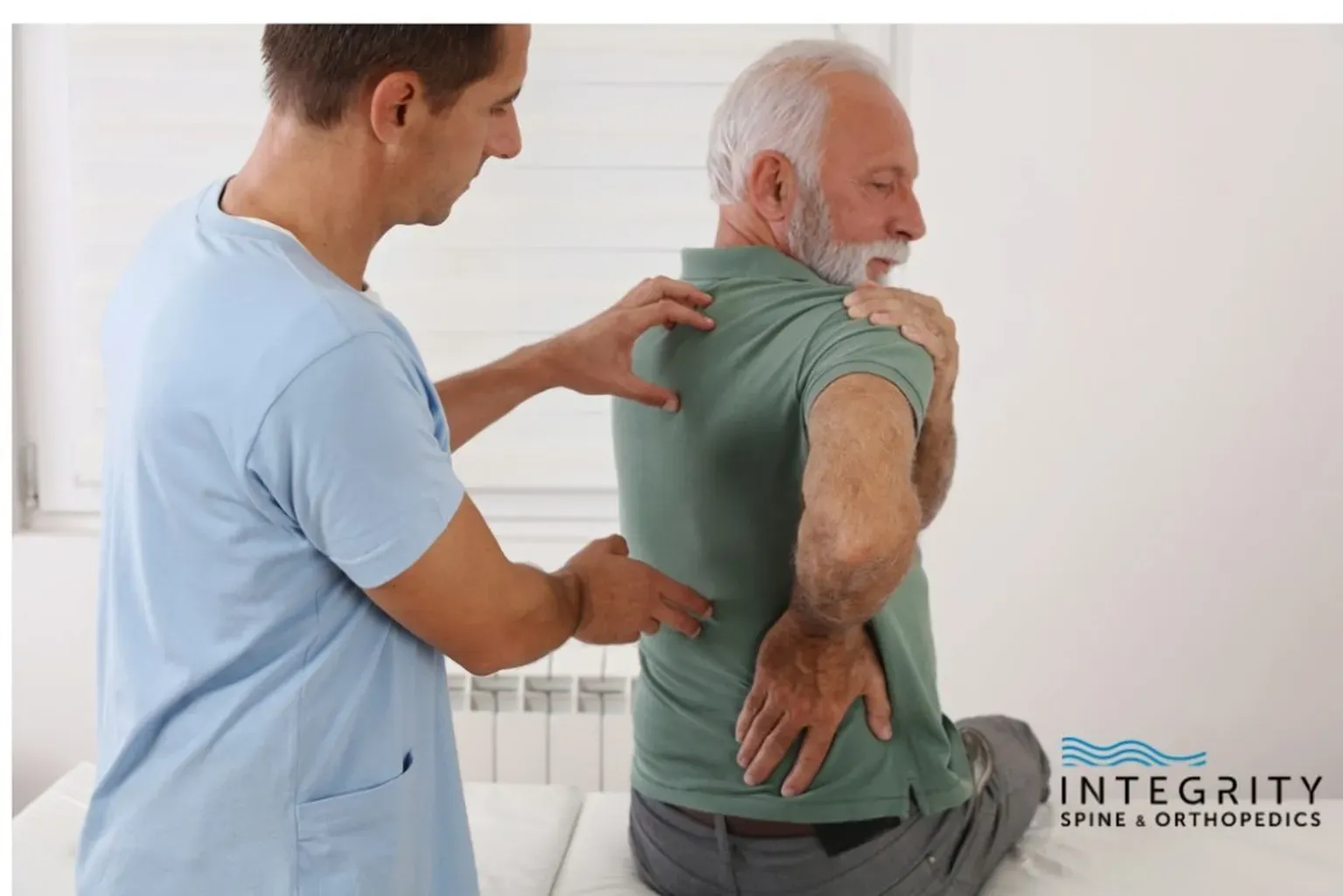
Spinal Stenosis: Central Canal Stenosis Vs. Foraminal Stenosis
Spinal stenosis is an umbrella term that describes the narrowing of open spaces in the spine. The most common cause of stenosis is age-related degeneration of the joints and intervertebral spinal discs.
SPINAL STENOSIS: CENTRAL CANAL STENOSIS VS. FORAMINAL STENOSIS
Spinal stenosis is an umbrella term that describes the narrowing of open spaces in the spine. The most common cause of stenosis is age-related degeneration of the joints and intervertebral spinal discs. Osteoarthritis, bone spurs, bulging or herniated discs and thickening of the spinal ligaments can all contribute to spinal stenosis. Congenital defects can also lead to narrowing of the spine.
When space narrows and becomes crowded in the spine, the spinal cord and nerves don’t have enough space to travel along the spine and out to the rest of the body. The nerves become compressed, which can lead to significant pain, weakness and debilitation.
Spinal stenosis can be broken down into 2 different types depending on how and where compression occurs. Keep reading to learn about central canal stenosis, foraminal stenosis and how to recognize the signs and symptoms of spinal stenosis.
CENTRAL CANAL STENOSIS
The spinal column is made of 33 vertebrae stacked on top of each other. Each vertebra has a bony opening in the middle — called a vertebral foramen — through which the spinal cord runs. Taken together, all the bony openings form a connected canal that shields and protects the spinal cord from the neck to the low back.
Central canal stenosis occurs when one or more bony openings narrows and compresses the passage of the spinal cord through the spinal canal. Spinal cord compression causes pain, inflammation, weakness, dysfunction and debilitation anywhere below the level of compression.
Canal stenosis can occur anywhere, but most commonly occurs in the cervical or lumbar spine.
FORAMINAL (LATERAL) STENOSIS
The spinal column contains another type of bony opening between 2 adjacent vertebrae. These intervertebral foramen are the bony passageways that spinal nerves travel through to exit the spinal canal and send nerve sensations to other parts of your body, like your arms and legs.
Foraminal stenosis occurs when one or more lateral bony openings narrows and compresses individual nerve roots as they travel through or exit the passageway. Nerve root compression causes pain, inflammation, weakness, dysfunction and debilitation in the body part affected by the compressed nerve.
Foraminal stenosis can occur anywhere, but most commonly occurs in the cervical or lumbar spine. It’s entirely possible to have both types of spinal stenosis at the same time.
SIGNS AND SYMPTOMS
Signs and symptoms for spinal stenosis will vary depending on the location and the severity of narrowing. Symptoms typically build gradually over several years, and many people display no signs or symptoms at all. If you are experiencing symptoms, they may include the following:
- Lumbar spine
- Low back pain
- Pain that radiates down the buttock and leg
- Numbness, tingling or weakness that radiates down the buttock and leg
- Cervical spine
- Neck pain
- Pain that radiates down the arm
- Numbness, tingling or weakness that radiates down the arm
In severe cases, nerve compression from spinal stenosis may cause changes in bowel and bladder function or cauda equina syndrome. Cauda equina syndrome is a very serious condition that causes saddle anesthesia and incontinence. It requires immediate medical attention to prevent permanent damage.
Symptoms are usually worse when you’re sitting, walking or standing, because being in an upright position places more pressure on the vertebrae in the spine. You may experience pain relief from lying down, reclining or leaning on something (like a walker or shopping cart) while you walk.
DIAGNOSIS AND TREATMENT OPTIONS
An MRI or CT scan will show the presence of spinal stenosis and the type of narrowing that’s occurring. Additionally, your doctor will take a medical history and physical examination to make a conclusive diagnosis. Most likely, your doctor will recommend a regimen of conservative treatments to help manage your pain and symptoms. Conservative treatment usually includes:
- Rest and activity modification. Avoid activities that aggravate your symptoms and cause pain and use assistive devices to help you modify normal activities. Spinal stenosis symptoms may worsen when you’re sitting or standing upright and placing more pressure on the vertebrae. To help relieve pain, use a walker or cane to support some of your weight and take pressure off the spine. You can also ease pain by lying back in a reclining chair, instead of sitting in a straight-backed chair.
- Medications. Over-the-counter pain relievers like acetaminophen can help ease low back and neck pain. Over-the-counter NSAIDs can help relieve pain and inflammation. If you’re experiencing severe pain, your doctor may prescribe stronger painkillers, anti-inflammatories, muscle relaxants or nerve medications.
- Cortisone injections. An injection of corticosteroids can temporarily reduce inflammation around irritated nerve roots or the spinal cord. Although the effects of cortisone shots wear off over time, a temporary reduction in inflammation can lessen your pain and allow you to build up strength through exercises and stretches. Because corticosteroids can have significant side effects, you’ll be limited in how many you can receive per year.
- Physical therapy. Physical therapy is critical for patients who have spinal stenosis. Therapy exercises will help you improve strength, flexibility, range of motion, balance and endurance. It’s important to stay as strong and active as you can to help slow down further degeneration of the spine. Regular movement can also help reduce low back and neck pain.
If you’re experiencing severe pain that isn’t relieved by conservative treatment, changes in bowel or bladder function or a decrease in movement that affects your ability to perform daily activities, your doctor may recommend surgery. There are several surgical options available to create more space in the spinal canal, decompress pinched nerves and reduce spinal inflammation. Some surgical options can be performed as minimally invasive procedures, which have fewer risks and a shorter recovery time than invasive surgeries.
INTEGRITY SPINE AND ORTHOPEDICS TREATS SPINE AND JOINT CONDITIONS
Integrity Spine and Orthopedics specializes in providing general orthopedic care, pain management services and minimally invasive spinal procedures to patients with a range of spine and joint conditions. For patients with nerve compression caused by spinal stenosis, minimally invasive lumbar decompression may be able to help ease pain and discomfort, and the procedure has fewer risks and requires less recovery time than more invasive spinal surgeries.
To schedule an appointment, or to ask our staff about receiving a free MRI review, call us today at 904-456-0017.

